Life saving first aid...How it is done

First Aid is the most important, life-saving medical aid that can be given to injured victims, during accidents. This small first step will go a long way in keeping the person alive, until proper medical aid reaches. Thousands of people are dying daily in the country, due to accidents. At least one third of such victims would be alive, if they get first aid immediately after the accident. If each and everyone knows about first aid, you can save lives in the times of need. This is what Central National Health Portal says
 Material in First Aid kit
Material in First Aid kitSurgical gauz pads for dressing the wounds that come in small, medium and big sizes; roller bandages for keeping the gauz pads in place; adhesive tape; adhesive bandages; scissors; tweaser (forceps); safety pins; antiseptic wipes; antiseptic lotion like Dettol or Savlon; Ibuprophen analgesics to kill pain; thermometer; latex hand gloves. Some of these like tablets might have expiry dates. Do not use them after that date. Keeping noting the dates on the materials in the First Aid kit and buy new ones, accordingly.
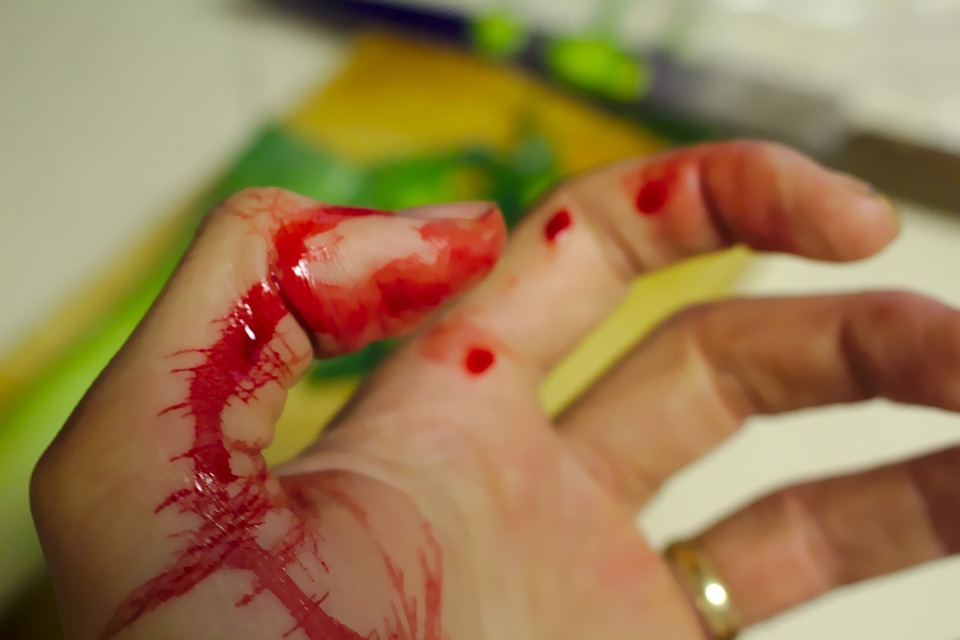 When bleeding is profuse
When bleeding is profuseIf you are among the first ones to witness an accident, call 108 at once. Skilled workers will approach immediately, in an ambulance. Immediately after the call is made, try to stop the flow of blood. Tightly hold the gauze pad over the bleeding wound. This slows down the blood flow. If emergency workers have not arrived yet, try to shift the injured person to the nearest hospital, alone or with help of others around. Until then, keep holding the gauze pad on the wound, tightly, to stop the blood flow. While doing this, wear gloves to your hand, if they are available. This is safe for the victim. Never wash the blood off deep wounds. This will lead to the clotting blood cells to be washed away with the water, leading to more bleeding. If it is an abrasion or small wound, the blood will stop flowing after a while. Then the mud or dirt particles can be washed away and anti-septic lotion applied, before tying a bandage with a gauze pad.
Nose is bleeding
Bleeding from the nose occurs when the capillaries inside the nostrils are broken. This can happen even due to a small wound, as these capillaries are very delicate. Never bend the head behind, when the nose is bleeding. Because the blood oozing from the nose, might flow in to the lungs, through the wind pipe. Hold both sides of the nose, gently with finger tips for 10 minutes. Do not hold the bridge of the nose. The person may be asked to breathe through the mouth. If the bleeding does not stop within 10 minutes, and other symptoms like headache, reeling sensation, drumming in the ears, distorted vision, etc. are seen, shift the person to the hospital immediately. Sometimes, blood comes out of the ears. This is because of some internal bleeding.
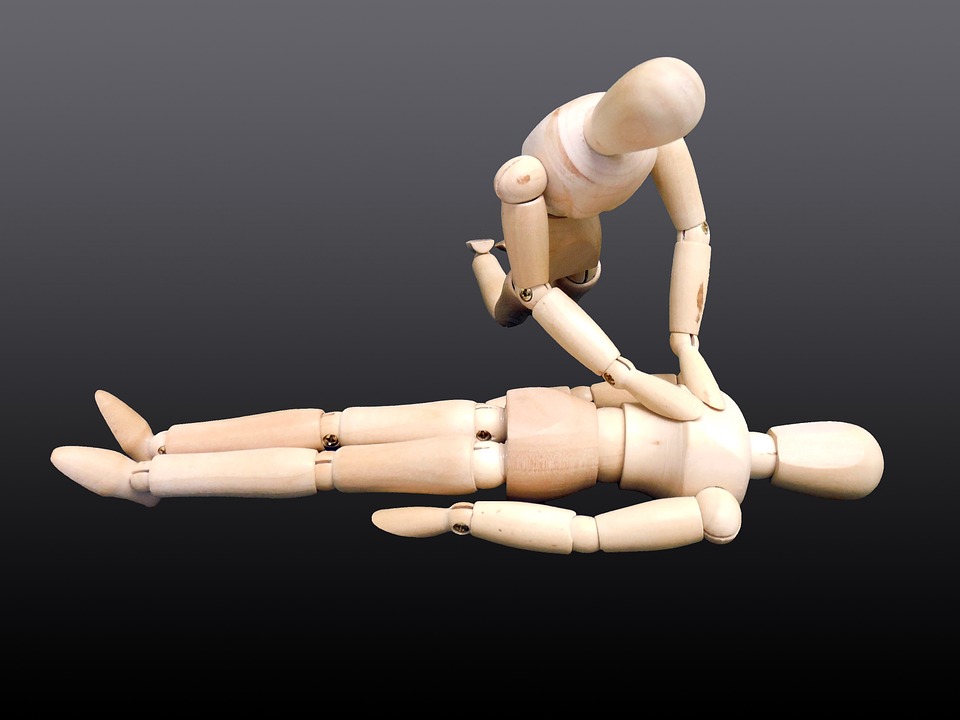 CPR
CPRIf there is no pulse and the accident victim is not breathing, Cardio Pulmonary Resuscitation (CPR) should be done immediately. Meaning, making the heart work again. If there is cardiac arrest, try to revive the heart, by putting slight pressure on the chest. Blow into the mouth of the victim. During this time, close the nostrils of the victim with the fingers. These should be done until there is a sudden revival of blood circulation and breathing.
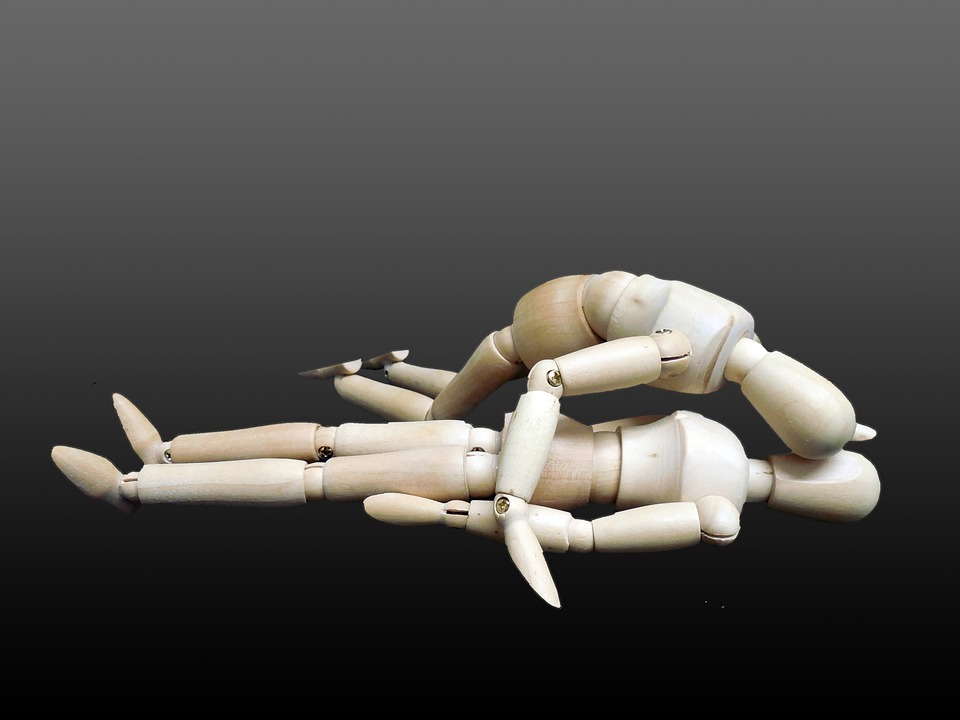 Heart Attack
Heart AttackIf anyone close to us has a heart attack, make him sit down. Do not make him talk. If he has been taking some medicines (like nitroglycerine) for heart problems, make him swallow the tablet. If pain continues after three minutes, and the patient is becoming unconscious or is still, he should be shifted to the hospital within minutes. This way, his life might be saved. If a person has a heart attack, do not give him anything through the mouth, except tablet.
CPR done at this time is also beneficial. If the patient is breathless, make him sleep on a table or flat surface and apply slight pressure on the chest, so as to revive the heart. Close the nostrils and blow in to his mouth. This process can be continued cyclically, by applying pressure 30 times and blowing in to the mouth twice. It can continued until the patient is taken to medical experts or 108 staff arrive. If the victims are children in the age group of 1-8 years, use only one hand to apply pressure. This should be done with just two fingers, if the victim is an infant. Even blowing into the mouth should be done very mildly. Never bend the head backwards or lift the chin.
Never do this
If there is no threat to the victim's life, but there is a spinal injury, do not move him from the place. Do not hold the part that is fractured.
Body is cold
If the person turns pale and the body becomes cold, with the patient slipping into unconscious state, it means that blood circulation is hampered. This should be identified as the most dangerous situation. Do not delay at this moment, as life might be lost. The person will suffer heart attack or limbs will fail, due to lack of oxygen to the organs. In case of shock, keep the feet of the person at a higher level. With this there will be blood supply to the heart and brain. As such life will be saved. If there are injuries in the face or upper region of the chest, hold the head high.
Head injury
In case of head injuries and victim is in unconscious state, call emergency service. Several symptoms like swooning, head ache, disassociation, distraught, eyeballs looking upwards, failure to recall, etc. are all due to shock after head injury. Do not give analgesics at this point of time. Symptoms of critical head injuries will not show up.
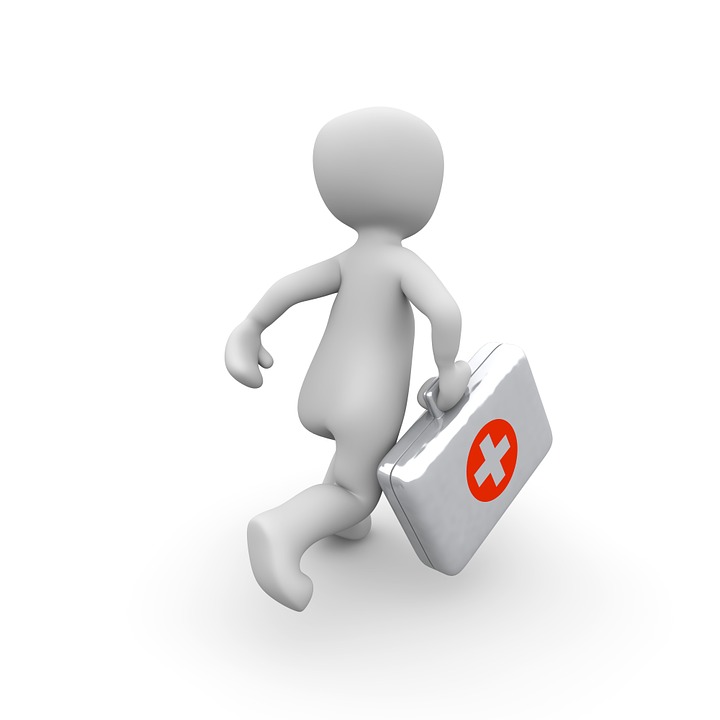 Shock
ShockThere will be no adequate blood or oxygen supply to the brain. The victim is seen going unconscious or has reeling sensations. Shock occurs due to accident, loss of water and salts, serious infection or severe burns. Blood pressure drops due to inadequate blood supply. Oxygen supply to the brain is decreased. At this moment, the patient should be laid on a flat surface or mattress and the legs should be held high. Make sure that the body is kept warm and comfortable. Cover with a blanket. Do not give anything to drink. If he is vomiting or bleeding through the mouth, make him sleep on his side. He should be shifted immediately for expert medical help.
Fire accident, burns
Keep the burns under running water with normal temperature. Do not apply any bandages or plaster. The wound will worsen. Infections can be prevented by covering the burns with a clean plastic cover. If the clothes are sticking to the body, do not try to tear them away. But otherwise, remove any clothes or ornaments from the burnt parts. Water should be flown over the wounds from 10 minutes to half an hour. If eyes are burnt, sprinkle water or wash with saline solution immediately. Do not apply butter, grease or any lotion to the burns. Do not apply ice. There is a possibility of infection. The victim should be taken to the hospital immediately, in case he is coughing, eyes are full of tears or he is breathless.
Diarrhoea
In diarrhoea, the body loses water. This occurs due to motions and vomiting. the victims should be given liquids continuously. Do not give milk, milk products, tea or coffee. If they are infants, better to be very cautious. They should be taken to the doctor, even as they are being given Oral Rehydration Solution (ORS). Even among those who suffer from sunstroke, there is dehydration. Even these patients should be given large doses of ORS, fruit juices and water.
Chemicals in the eye
In case of chemicals falling in to the eye by accident, do not rub the eyes, but wash it thoroughly with water. Then seek medical advice. Do not resort to self medication.
Fever
Take paracetamol if you are travelling and have fever. While elders can take paracetamol tablets, children can take syrup or drops. If it takes time to go to the doctor, use more dosages. But using these and not going to the doctor is not advisable.
Chocking
If someone is chocking, bend their heads down and make them cough. If it does not work, take them to the doctor.
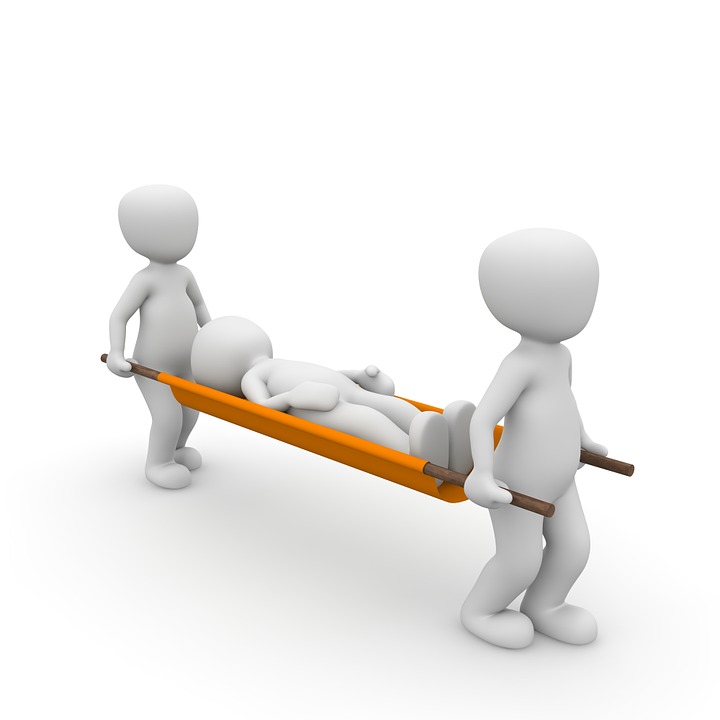 Snake bite
Snake biteAccording to World Health Organisation (WHO) statistics, every year, at least 10 lakh people suffer snake bit in India. Nearly, 50,000 of them die. Most of them who are subjected to snake bite are farmers. Also, construction workers, those in hills, trekkers in forests or camps, are at a risk of snake bite. They are 250 types of snakes in which, 50 are poisonous. Some five are extremely poisonous. Among them, at least four cause deaths. They are cobra, common krait, viper, and Russell's viper,. As soon as a snake or any animal bites, tie the upper portion of the wound tightly with a tourniquet. Wash the wound with hot water and soap and apply anti biotic cream. Do not wait for 108 or emergency staff and shift the patient immediately to the hospital.














